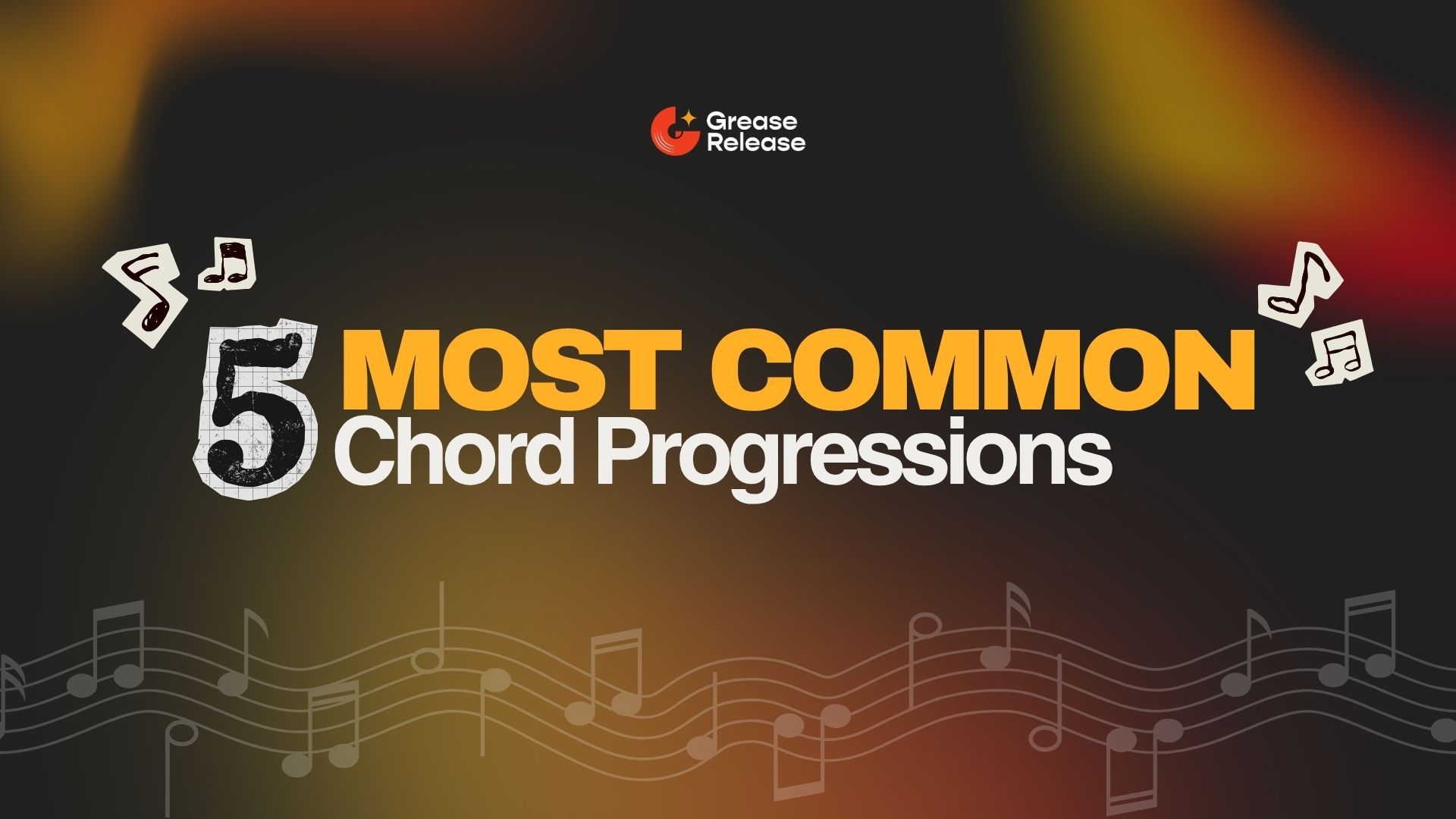
5 Essential Audio Mixing Techniques for Musicians
Nov 12, 20245 Must-Know Audio Mixing Tricks Every Musician Should Master
Whether you're just starting your journey as a producer or you’re a seasoned musician, we all know that mixing can sometimes feel like trying to solve a Rubik's Cube while blindfolded. But fear not! With a few straightforward techniques, you can transform your raw recordings into professional-sounding tracks that you’ll be excited to share with the world. So, grab your headphones, and let’s dive into five essential audio mixing techniques that can elevate your music game.
We’ll be taking a look at the following:
Sample Selection: The Foundation of Your Sound
Why It Matters: Think of sample selection as picking the perfect ingredients for your favorite dish. You wouldn’t bake a cake with stale flour, right? The same goes for mixing! Using high-quality samples is crucial because they form the backbone of your mix. Great sounds can make your mixing process a breeze down the line.
Quick Exercise: Take a few moments to explore your sample library. Select a kick and snare that inspire you. Layer them together with your other instruments—do they gel? Finding the right combination can set the vibe for your entire track, so don’t rush this step!
Cutting vs. Boosting: Letting Frequencies Breathe
Why It Matters: It’s tempting to boost frequencies that you want to stand out, but doing so can lead to a cluttered mix. Instead, focus on cutting out frequencies that aren’t adding anything to your track. This technique allows your desired sounds to shine without competing for attention.
Quick Exercise: Choose one instrument—let’s say a guitar. Go ahead and apply a small cut to any unnecessary frequencies. Maybe you’ll remove some low-end muddiness or high-end fizz. Listen closely and notice how this subtle change allows other elements to emerge more clearly in the mix!
Balance Tall, Wide, and Deep Elements
Why It Matters: Imagine your mix as a 3D space. Balancing the height (frequency range), width (stereo placement), and depth (how far back sounds sit) can create an immersive listening experience that captivates your audience.
Quick Exercise: Experiment with a stereo imaging tool to spread out some elements, like synths, while keeping your bass and kick nice and centered. Try panning backing vocals or rhythm guitars slightly left or right. You might be surprised by how much depth and richness this adds to your mix!

Sidechaining: Making Space in Your Mix
Why It Matters: Sidechaining is a fantastic technique that can help your mix breathe. It works by temporarily lowering the volume of one track whenever another track is playing, typically used to give your kick drum room to shine through the mix without overwhelming other elements.
Quick Exercise: Set up sidechain compression on your bass track, triggered by your kick drum. Adjust the compressor settings—start with a fast attack and release to create a nice pump. Listen to how this technique creates space, allowing your kick and bass to coexist harmoniously while driving the rhythm of your track!
Bus Compression: Glue Your Mix Together
Why It Matters: Bus compression is like a warm hug for your mix. It helps glue together different elements, providing a sense of cohesion. By applying compression to a bus (a group of tracks), you can enhance the overall sound and ensure that everything feels connected, rather than disjointed.
Quick Exercise: Create a bus for your drum tracks. Apply light compression with a slow attack and fast release to allow the punchy hits to shine through while still evening out the dynamics. Listen to how the drums blend together, creating a more unified sound. You can also experiment with the same technique on your vocals or other instrument groups to see how it enhances the mix!

Our Final Thoughts
Mixing is not just a technical process; it’s a creative adventure. Each track you work on offers a unique opportunity to explore new sounds and techniques. There are no strict rules in music—trust your instincts and stand by them however conventional they might be. Play around with all the knobs and buttons in whatever compressors, EQs, or plugins you might use and get creative. Happy mixing!
We at GreaseRelease, have a bunch of curators on our network who are looking for new & exciting music to push on their massive playlists. If you make music and want to reach a wider audience, check out our submission platform and get a chance to reach millions of listeners! Submit your tracks now!
Don't miss my newsletter!
Join me on a music entrepreneurship journey with new tips and tricks delivered straight to your inbox.
We hate SPAM. We will never sell your information, for any reason.




